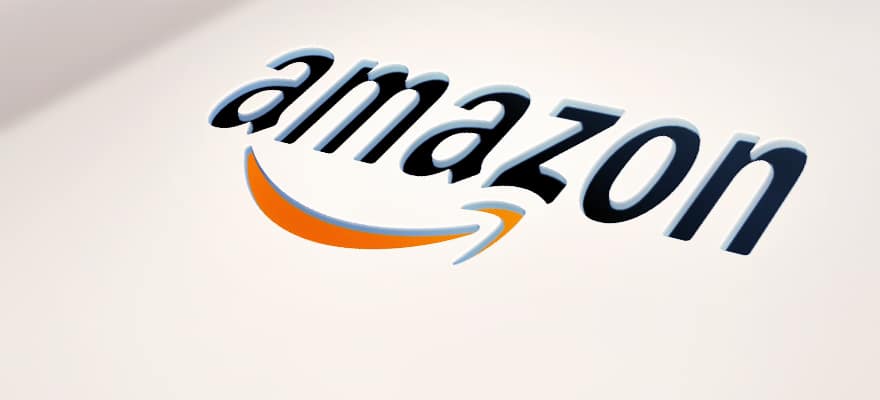Social media is an important Marketing tool for any Ecommerce platform. It connects you directly with your customer base and helps promote new products and service offered, but which social networks convert the most shoppers?
A recent report was released by AOL Platforms and Convertro called “Myth-Busting Social Media Advertising” has come to answer that exact question.
While it may boast the most registered users, Facebook did not come out on top, taking second place with a 10% conversion rate, after video sharing site YouTube which brought in 14%. Google was also able to enter the top 3 again with its social network Google+, also with a 10% conversion rate.
There is a preconceived notion that social networks contribute tremendously to conversions. We first saw proof of this after last year’s Black Friday, which resulted in only 1% of sales originating from social media.

YouTube presence on the top of the list shows how much people are reacting to visual content like video. Ecommerce sites like Vat19.com and ThinkGeek have made their product videos into an art form.
When looking at the graph, you will notice the large blue bars of a subject called “Middle”. This means middle of shopping funnel where customers have the idea of what they want but haven’t settled on exactly what. For example, a customer knows he/she wants a smartphone, but does not know what make, model, size, operating system, or where to buy it from.

When dealing with paid advertisement the picture looks somewhat different. Paid Facebook advertisements bring in a very incremental increase than organic posts. Pinterest actually generates less traffic and conversions on its paid posts than its organic ones. Surprisingly Twitter, which is positioned at the bottom of the conversion spectrum, actually triples its conversions on average for paid posts.
It is important to understand the current state of social media and Ecommerce. With Facebook and Twitter looking to further enter the Ecommerce space, the numbers will have to be considerably higher to justify SMB merchants to make the leap to paid social advertising.

















